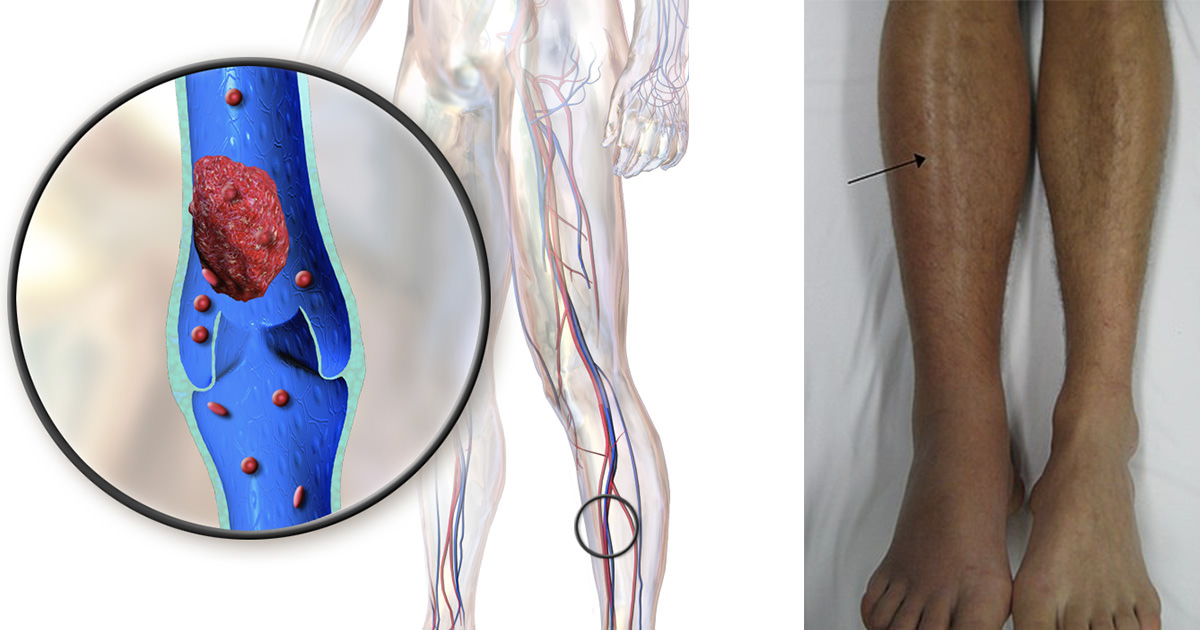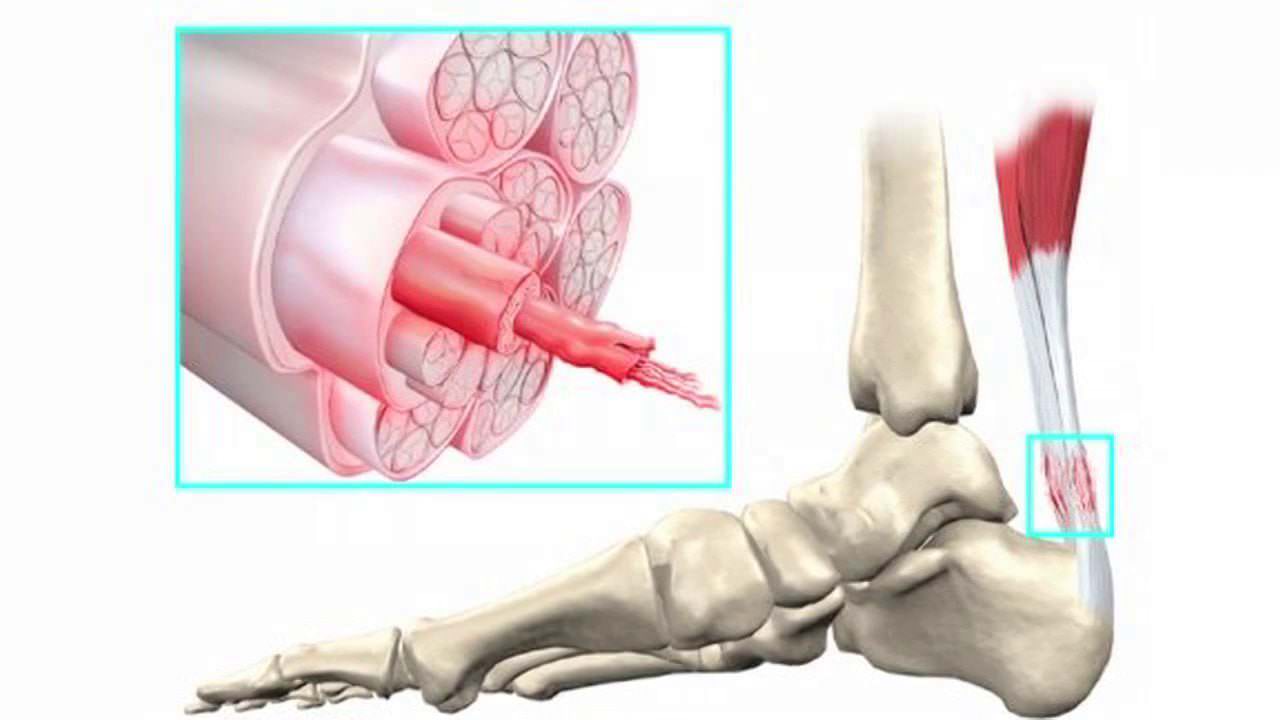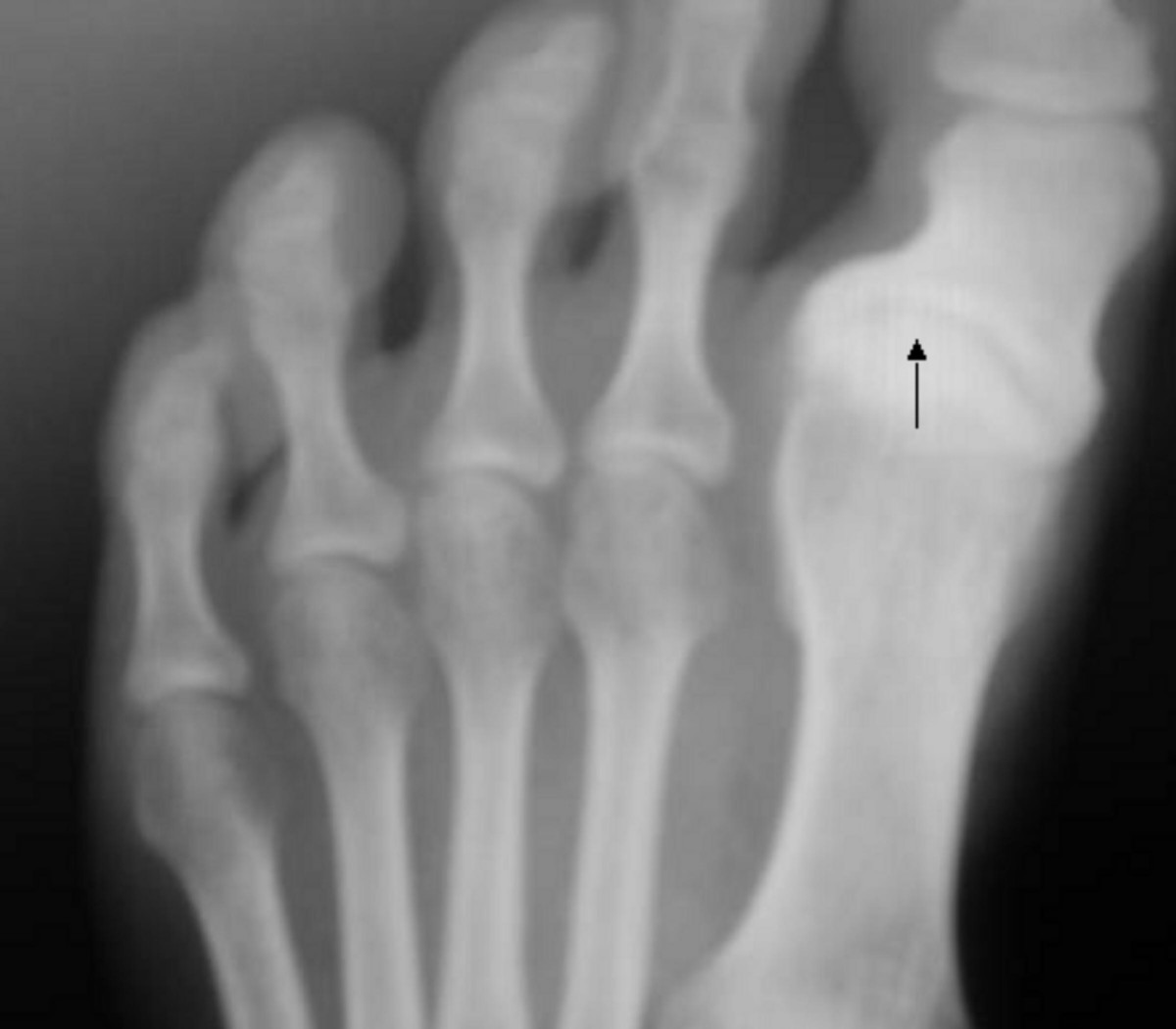It’s easy to dismiss swollen feet and hands as a minor nuisance, often attributed to a long day on your feet or a salty meal. While these are common causes, persistent or sudden swelling can sometimes be your body’s way of signaling a more serious underlying health issue. Understanding the difference between temporary discomfort and a potential warning sign is a crucial part of proactive health management.

One of the most significant concerns is a condition known as Deep Vein Thrombosis (DVT). This occurs when a blood clot forms in a deep vein, usually in the leg. The affected limb may swell, feel heavy, or appear discolored. DVT is a serious condition because the clot can travel to the lungs, causing a life-threatening pulmonary embolism. Any sudden, unexplained swelling in one leg, especially if accompanied by pain, warrants immediate medical attention.

The heart and circulatory system are also frequently linked to swelling. In cases of heart failure, the heart’s pumping power is weakened, which can lead to fluid backing up in the body. This fluid retention, or edema, often manifests as swelling in the legs, ankles, and feet. Similarly, issues with the lymphatic system, known as lymphedema, can cause a buildup of lymphatic fluid, leading to swelling in the arms or legs.

Inflammatory conditions are another major category. Arthritis, such as osteoarthritis or the more severe rheumatoid arthritis, can cause joint swelling, pain, and stiffness in the hands and feet. Gout, another form of inflammatory arthritis, often strikes suddenly at night, causing intense pain, redness, and swelling, typically in the big toe. Infections like cellulitis also cause noticeable swelling, making the skin feel hot and tender to the touch.

While not every case of swelling is an emergency, it is important to pay attention to your body. Key red flags include swelling that appears suddenly, is present in only one limb, is accompanied by shortness of breath or chest pain, or is linked to severe discomfort. If you experience any of these symptoms, or if swelling persists without an obvious cause, consulting a healthcare professional is the safest and most responsible step you can take.


